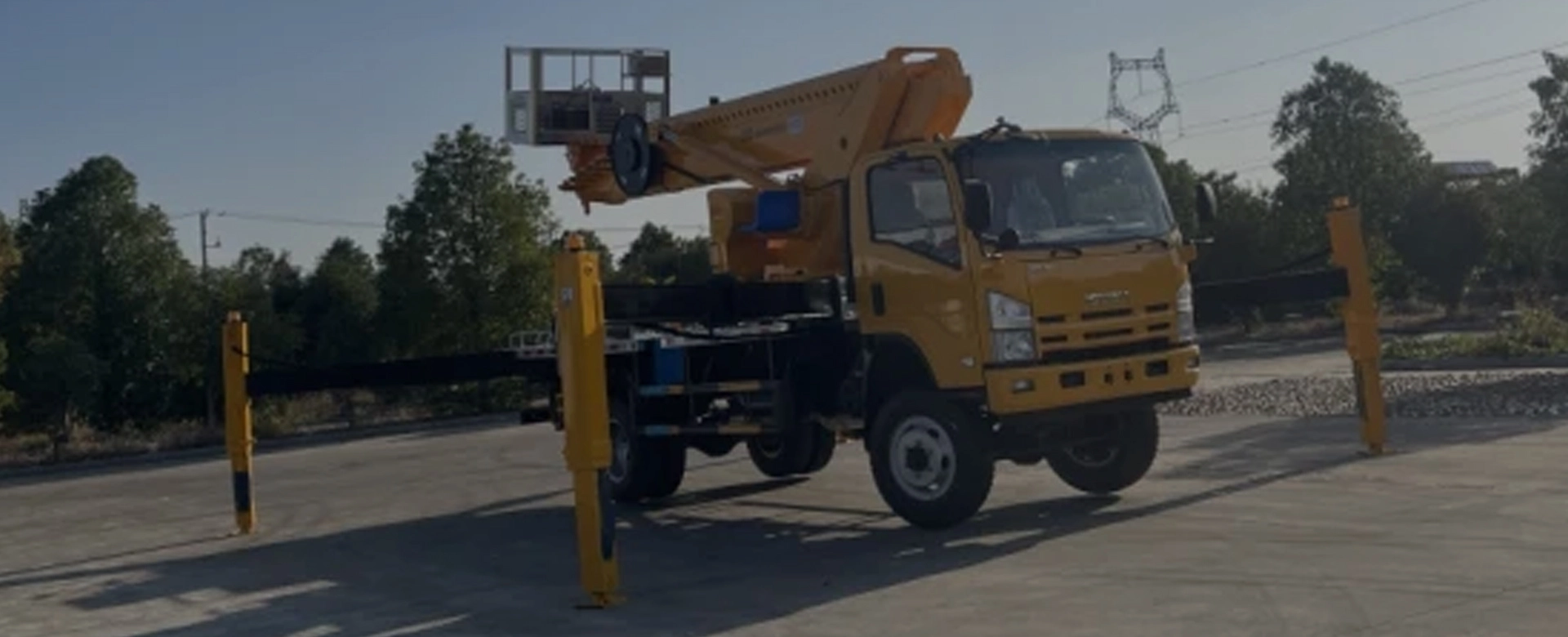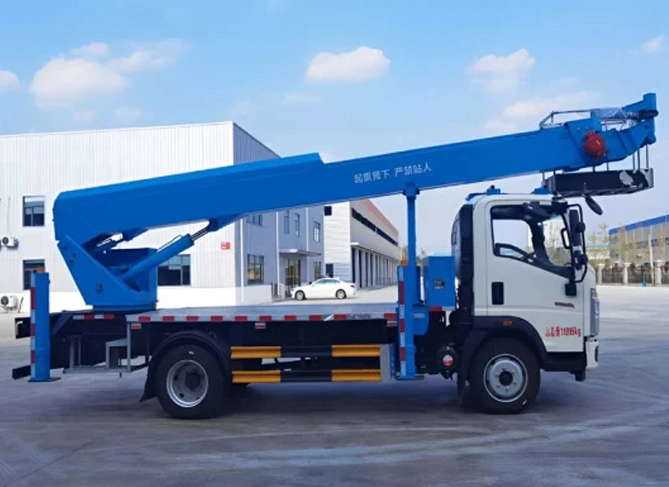
When it comes to lifting trucks, choosing between electric and manual options can be a crucial decision. Each type has its own set of characteristics and is suitable for different applications.
The choice between electric and manual lifting trucks depends on several factors. If you have a large-scale operation with heavy loads, require precise control and faster operation, and are concerned about the environment and noise, an electric lifting truck may be the best option. On the other hand, if your needs are for lighter loads, in a small-scale setting with limited budget and where speed is not a critical factor, a manual lifting truck could be a more suitable choice.
When operating lifting trucks, it's essential to follow safety protocols and best practices to prevent accidents and damage.
One of the most critical mistakes is exceeding the rated load capacity of the lifting truck. Every forklift or pallet jack has a specified maximum load it can handle, which is determined by its design and engineering. Overloading can lead to instability and an increased risk of tipping. To avoid overloading, always check the load capacity markings on the lifting truck and ensure that the weight of the load is accurately known. Use weighing scales or consult load documentation when in doubt.
Incorrectly centering the load on the forks is a frequent error. If the load is not evenly distributed between the forks, it can cause the lifting truck to become unbalanced. The forks should be inserted fully into the load, and the load's center of gravity should be as close as possible to the centerline of the forks.

